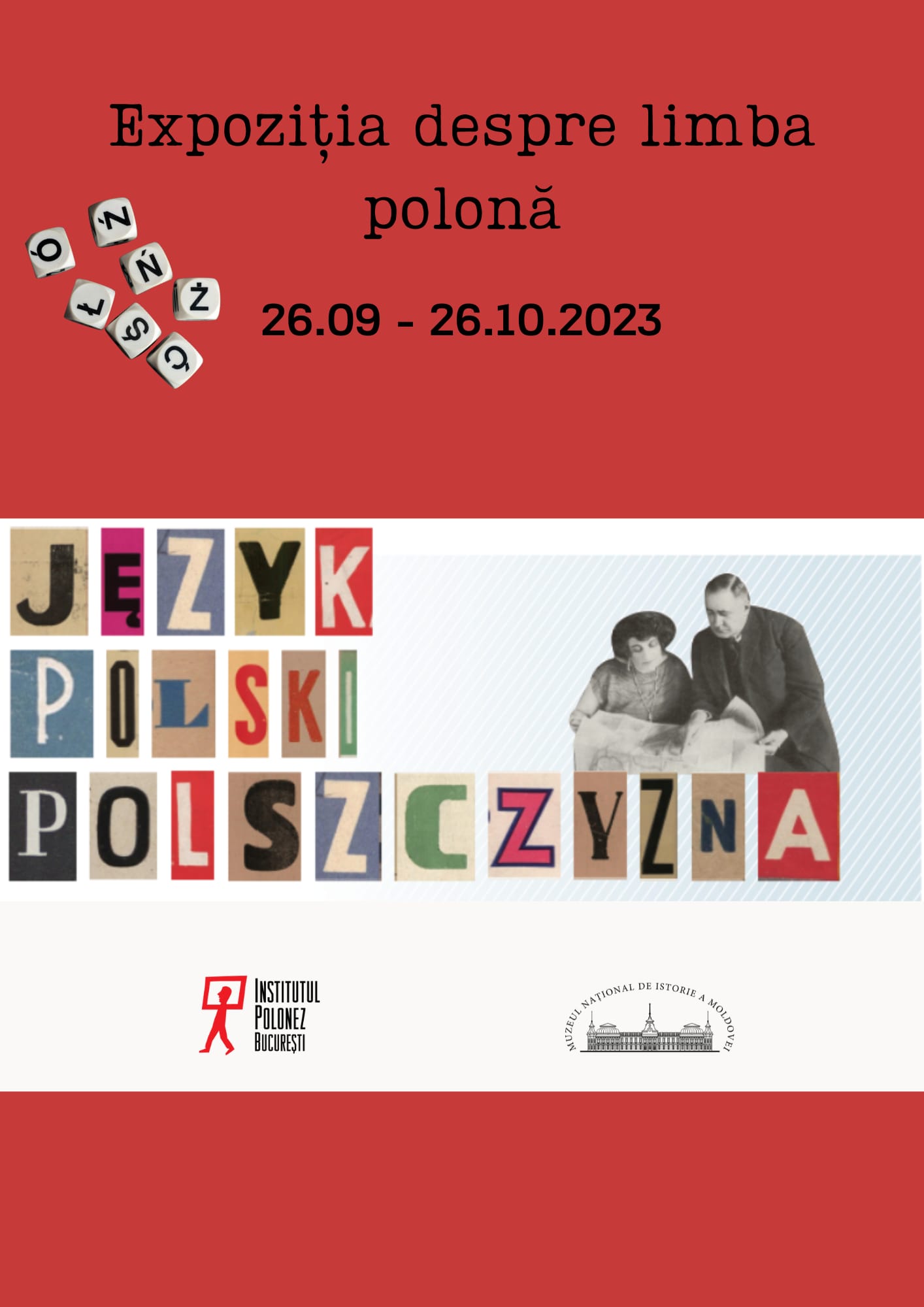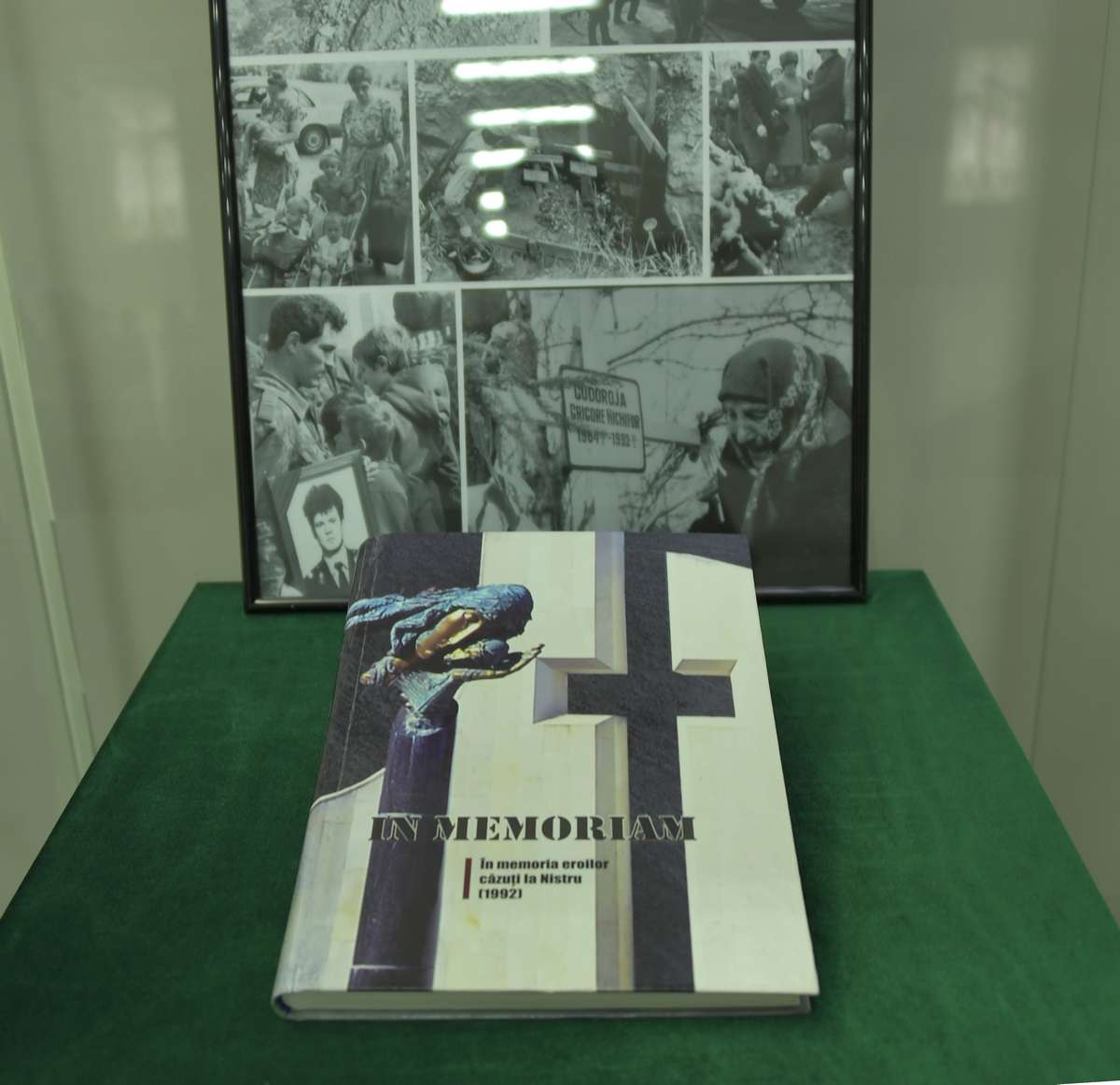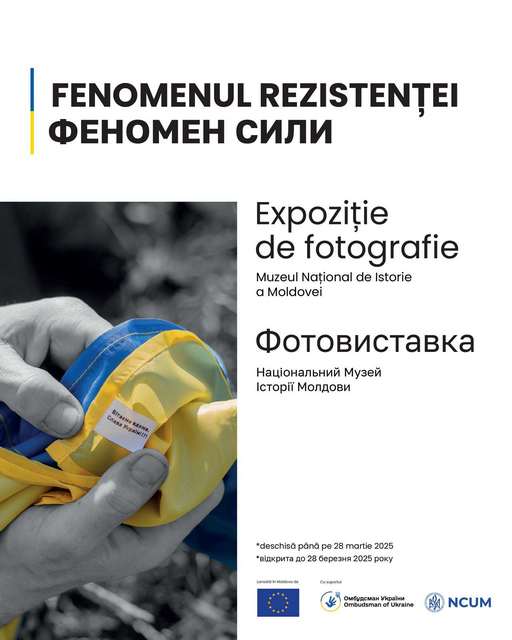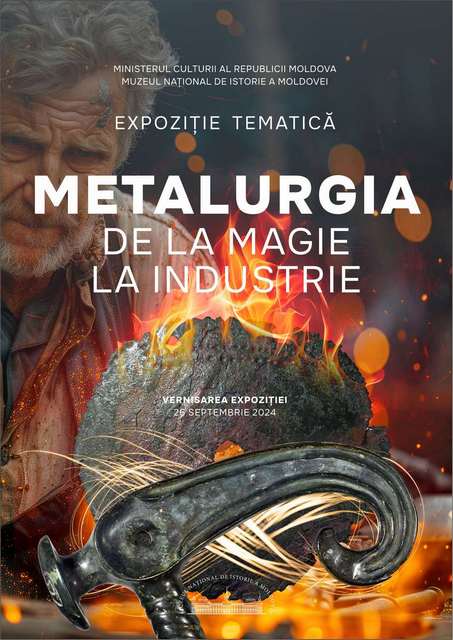 In many countries, the European Day of Languages is celebrated on each September 26 since 2001 on the initiative of the Council of Europe. Thanks to the events organized on this occasion, Europeans discover different languages and cultures. Cześć, gąszcz, czyżyk, źdźbło, mitrężycyt, dżdżysto, gżegżółka, chrząszcz - discover the beauty of the Polish language in the Romanian version of the exhibition prepared by the Polish Institute in Bucharest.
In many countries, the European Day of Languages is celebrated on each September 26 since 2001 on the initiative of the Council of Europe. Thanks to the events organized on this occasion, Europeans discover different languages and cultures. Cześć, gąszcz, czyżyk, źdźbło, mitrężycyt, dżdżysto, gżegżółka, chrząszcz - discover the beauty of the Polish language in the Romanian version of the exhibition prepared by the Polish Institute in Bucharest.
We invite you on a journey through an unusual alphabet, listening to the hissing and rustling sounds of the Polish language. Our guides will be associations, dots, dashes and tails, which will help you remember the most interesting things about the Polish language.
The exhibition about the Polish language is presented in the context of the approaching academic year, during which we hope to be able to resume language courses as well. It also accompanies the celebration of the European Day of Languages.
The first source attesting to the Polish language is a papal document from the early 12th century. It mentions the oldest Polish names and surnames. The first longer text was written about 200 years later. In the 15th century there were already poems, prose and documents in Polish.
The exhibition dedicated to the Polish language presents a brief history of the language, the main pronunciation rules, and numerous peculiarities. The viewer finds out, among other things, what is the oldest sentence written in Polish, what "strange" letters are in the Polish alphabet, as well as onomatopoeic expressions that sound funny and literally whistle, squeak and creak on the exhibition panels.
The exhibition not only allows us to discover more about the Polish language, but also encourages us to learn this interesting language that is spoken by more than 40 million people around the world.
The exhibition can be seen from September 26 to October 26, 2023 on the fence of the National Museum of History of Moldova.
 31 August 1989 St., 121 A, MD 2012, Chisinau, Republic of Moldova
31 August 1989 St., 121 A, MD 2012, Chisinau, Republic of Moldova













































